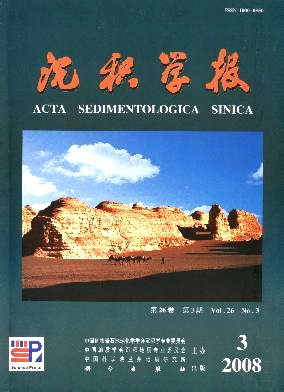Origin and Diagenesis of Authigenic Chlorite within the Sandstone Reservoirs of Xujiahe Formation, Sichuan Basin, China
- Received Date: 1900-01-01
- Rev Recd Date: 1900-01-01
- Publish Date: 2008-06-10
-
Key words:
- authigenic chlorite /
- Xujiahe Formation /
- origin of materials /
- diagenesis /
- reservoir quality
Abstract: The authigenic chlorite graincoatings or porelinings play an important role in preserving primary porosities effectively by resisting the compaction of the overlying rock and decreasing the number of nucleation of authigenic quartz on the surfaces of grains in reservoir sandstones of Xujiahe Formation, Sichuan basin, China. The early materials forming the graincoatings of chlorite are involving the solution of the syndepositional Fe rich sediments, flocculation of the soluble fluvial Fe and the intrusion of the compacting fluids in the adjacent shale bed. And moreover, the graincoatings mainly formed as news neomorphic precipitations between syngenesis and early eodiagenesis. Due to the Continuous intrusion of the Mgrich fluids through the fracture system ,the authigenic chlorites in Xujiahe Formation II are in possession of the enough materials to regrow in mesodiagenesis, furthermore, the contents of MgO are increasing with the increasing depths distinctly. However, in Xujiahe Formation IV sandstones, the regrowth of chlorite is not obvious. The impact of the chlorite graincoatings to the reservoir properties are well evaluated by the relation of the chlorite contents versus the porosity values and the porosity distribution figure in study area. As for the influence to reservoir quality, there is an "optimum thickness" for chlorite graincoatings to effectively preserve the porosities, but without radically decreasing permeability and increasing the microporosity in reservoirs. Within Xujiahe Formation sandstones, the optimum thickness of chlorite grims seems to between 5 μm and 10 μm.
| Citation: | SUN Zhi-lei. Origin and Diagenesis of Authigenic Chlorite within the Sandstone Reservoirs of Xujiahe Formation, Sichuan Basin, China[J]. Acta Sedimentologica Sinica, 2008, 26(3): 459-468. |






 DownLoad:
DownLoad: